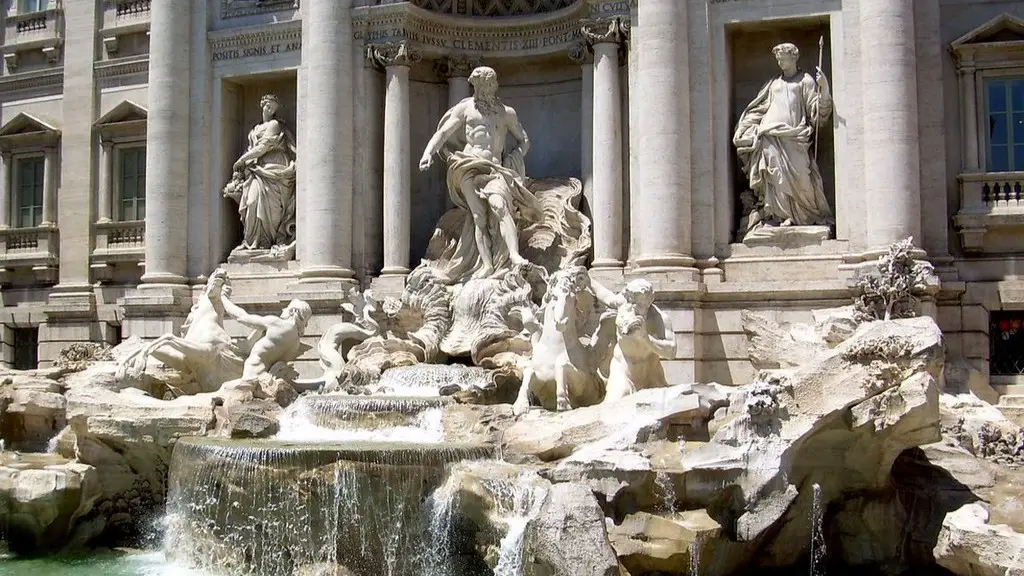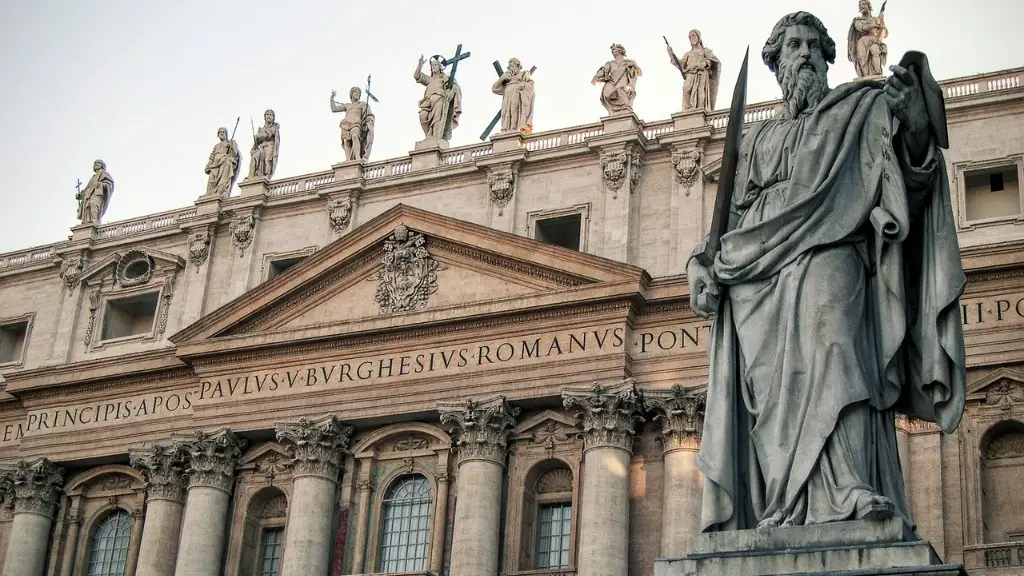Ancient Rome and the Latin World
Latin people, descendants of the Latins, are people who historically lived in the region around Rome, in present-day Italy. Latin people were among the most important members of the ancient Roman society. They served as the backbone of Roman culture and lifestyle, influencing politics, literature, art, and more.
As the Roman empire expanded, the Latin language spread with it. Latin was used by the ruling class and quickly became the common language of the entire empire. It was the language used in daily speech and business, for legal and administrative matters, and for writing and literature. Latin was an essential part of the Roman identity and Latin literature was a cornerstone of all public and private life.
Latin people had a reputation for being hardworking and devoted to their city. The Latin people believed in justice and devotion to the laws of Rome. They showed their devotion to the state by serving in the legions and offering their services to Rome as priests, orators, and administrators. They were also great innovators, producing many inventions that helped Rome build its empire.
Latin people also played an important role in religion and mythology. They worshipped their gods and goddesses, believed in their divinity, and passed on their myths and legends. These stories and beliefs formed the basis of ancient Roman mythology, which were passed down for centuries.
As the Roman empire fell, the Latin people continued to maintain their presence in Italy and throughout the Mediterranean. They held on to their culture and language, which eventually evolved into modern Italian. Today, Latin people still retain their ancient traditions and customs, and their culture is still very much alive in Italy and other parts of the world.
Latin Influence on Art
The Latin people had a profound influence on the art of the Roman empire. They used art as a way to express their ideas, beliefs, and values. In particular, sculpture was a form of expression for the Latin people. They created sculptures of gods, goddesses, and mythological creatures. These sculptures were placed in public places and were meant to serve as symbols of the gods, symbols of Roman power, and symbols of Roman culture.
The Latin people also had a major influence on architecture and engineering. They were the masterminds behind grand public buildings such as the Colosseum, the Forum, and many other buildings that remain iconic today. The Latin people also developed many techniques for engineering and building, and these techniques were used all over the world.
Latin Legacy in Modern Society
The ancient Latin culture has left a lasting legacy on modern society. From the language to the art and architecture, there is still a strong Latin influence in many aspects of life today.
For example, Latin is the root language of many of the Romance languages, such as Italian, Spanish, French, and Portuguese. Furthermore, Latin words and phrases are still used in modern English. For example, phrases such as “ad infinitum” and “status quo” are of Latin origins.
Latin art and architecture have also had an important influence on contemporary culture. Buildings such as the Colosseum and the Pantheon are iconic symbols of the Roman empire, and artistic styles such as the Greco-Roman style are still seen today.
Latin Culture and its Impact on the World
The ancient Latin culture has had a tremendous impact on the world. In particular, Latin culture has left a lasting impression on culture, language, art, and architecture all over the world.
The Latin language has been instrumental in shaping the development of language in many parts of the world. As stated previously, Latin is the root language of many of the Romance languages, such as Italian, Spanish, French, and Portuguese. Furthermore, many Latin expressions and phrases are still used in modern English.
Latin art and architecture are also present in many parts of the world. Greek and Roman architecture, with its three distinct styles—the Doric, the Ionic, and the Corinthian—are seen in many public buildings throughout the world. Furthermore, artistic styles such as the Greco-Roman style are still present in many works of art today.
Latin Culture and its Impact on Today’s World
The Latin people and their culture still have an important impact on the world today. The Latin language is still widely spoken in parts of Italy, Spain, and other countries. Furthermore, Latin culture can be seen in many aspects of art, architecture, and language around the world.
From the remains of the Colosseum in Rome to the ruins of the Roman Forum, the Latin people have left an indelible mark on the world. Latin literature, art, and architecture are still integral parts of many cultures today. Latin music and dance have also spread around the world, providing a source of cultural enrichment to many modern cultures.
Latin Culture and Education
The Latin people have also had an important influence on education. Latin was the language used in the teaching of science, mathematics, and philosophy during the Renaissance. Throughout Europe, Latin was used as the language of instruction in many universities and schools. Furthermore, Latin literature and culture were important subjects in many schools, providing students with an important source of knowledge.
Today, Latin is still used in a variety of fields, from law and medicine to linguistics and classics. Furthermore, Latin language, literature, and culture are still taught in many schools around the world. By studying Latin, students can gain a greater understanding of the history of ancient Rome, as well as gain insights into language, literature, and culture all over the world.
Conclusion
The Latin people and their culture have had a profound impact on the world. From the language to the art and architecture, Latin culture still has a strong presence throughout many aspects of life in the modern world. Latin language, literature, and culture are still an important part of the educational experience, and these are just some of the ways in which the Latin people have left an indelible mark on the world.

